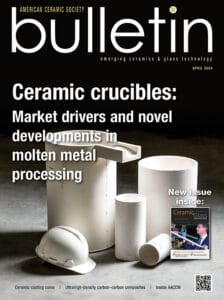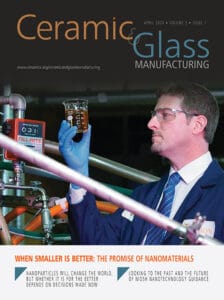 Zhong Lin (ZL) Wang received his PhD from Arizona State University in transmission electron microscopy. He is now the Hightower Chair in Materials Science and Engineering, Regents’ Professor, Engineering Distinguished Professor and Director, Center for Nanostructure Characterization, at Georgia Tech.
Zhong Lin (ZL) Wang received his PhD from Arizona State University in transmission electron microscopy. He is now the Hightower Chair in Materials Science and Engineering, Regents’ Professor, Engineering Distinguished Professor and Director, Center for Nanostructure Characterization, at Georgia Tech.
Dr. Wang has made original and innovative contributions to the synthesis, discovery, characterization and understanding of fundamental physical properties of oxide nanobelts and nanowires, as well as applications of nanowires in energy sciences, electronics, optoelectronics and biological science. His discovery and breakthroughs in developing nanogenerators established the principle and technological road map for harvesting mechanical energy from the environment and biological systems for powering personal electronics. His research on self-powered nanosystems has inspired the worldwide effort in academia and industry for studying energy for micro-nano-systems, which is now a distinct discipline in energy research and future sensor networks. He coined and pioneered the field of piezotronics and piezo-phototronics by introducing piezoelectric potential gated charge transport process in fabricating new electronic and optoelectronic devices. This breakthrough by redesign CMOS transistor has important applications in smart MEMS/NEMS, nanorobotics, human-electronics interface and sensors.
Dr. Wang’s publications have been cited over 57,000 times, and the H-index of his citations is 117. Dr. Wang is #25 in the list of the world’s greatest scientists (http://superstarsofscience.com/scientists). Dr. Wang was elected as a foreign member of the Chinese Academy of Sciences in 2009, member of European Academy of Sciences in 2002, Fellow of ACerS in 2013, fellow of American Physical Society in 2005, fellow of AAAS in 2006, fellow of Materials Research Society in 2008, fellow of Microscopy Society of America in 2010, and fellow of the World Innovation Foundation in 2002. He received the 2012 Edward Orton Memorial Lecture Award from The American Ceramic Society, the 2011 MRS Medal from the Materials Research Society, the 1999 Burton Medal from Microscopy Society of America, the 2001 S.T. Li prize for Outstanding Contribution in Nanoscience and Nanotechnology, and the the 2009 Purdy Award from The American Ceramic Society. Details can be found at: http://www.nanoscience.gatech.edu
.




